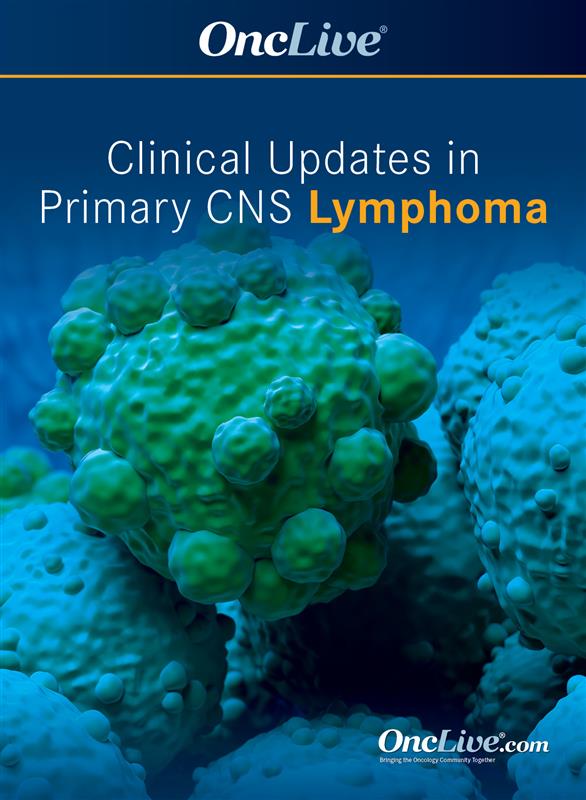Dr Nayak on the Identification of Primary CNS Lymphoma
Lakshimi Nayak, MD, discusses the diagnosis of patients with primary CNS lymphoma.
Lakshmi Nayak, MD, senior physician, director, Center for Central Nervous System (CNS) Lymphoma, Center for Neuro-Oncology, Dana-Farber Cancer Institute, assistant professor, Neurology, Harvard Medical School, discusses the diagnosis of patients with primary CNS lymphoma (PCNSL).
PCNSL is a rare variant of extra-nodal non-Hodgkin lymphoma (NHL), Nayak begins. It accounts for about 4% of malignant CNS tumors, and its incidence has risen significantly in recent years, she reports. PCNSL is typically present in the brain and cerebrospinal fluid without evidence of systemic spread. The eyes and spinal cord can also be involved in this disease, although this is less frequent.
Most patients with PCNSL will first visit the emergency room or their general practitioner with worsening neurologic symptoms, Nayak says. Symptoms can include focal neurologic deficits, mental and behavioral changes, headaches, nausea, vomiting, papilledema, or seizures. These patients will then undergo baseline staging, which includes magnetic resonance imaging (MRI) of the brain, Nayak continues. The MRI scan will typically identify a single homogenously enhancing mass lesion in the supratentorial area with frontoparietal lobe involvement. Other tools recommended to assess the extent of disease are ophthalmologic evaluation, and CSF evaluation.
The majority of patients who develop PCNSL are 60 years of age or older, and the median age of diagnosis is around 65 years old, Nayak notes. Importantly, advanced age has been identified as an independent prognostic factor for worse patient outcomes for this disease. PCNSL can also develop in individuals who are immunocompetent or immunosuppressed due to HIV/AIDS, organ transplant, or immunosuppressive agents. Notably, the presence of a mass legion is more likely to be cancer rather than a different abnormality, she explains. However, histopathologic confirmation of the diagnosis through stereotactic biopsy is recommended to confirm diagnosis, Nayak concludes.




